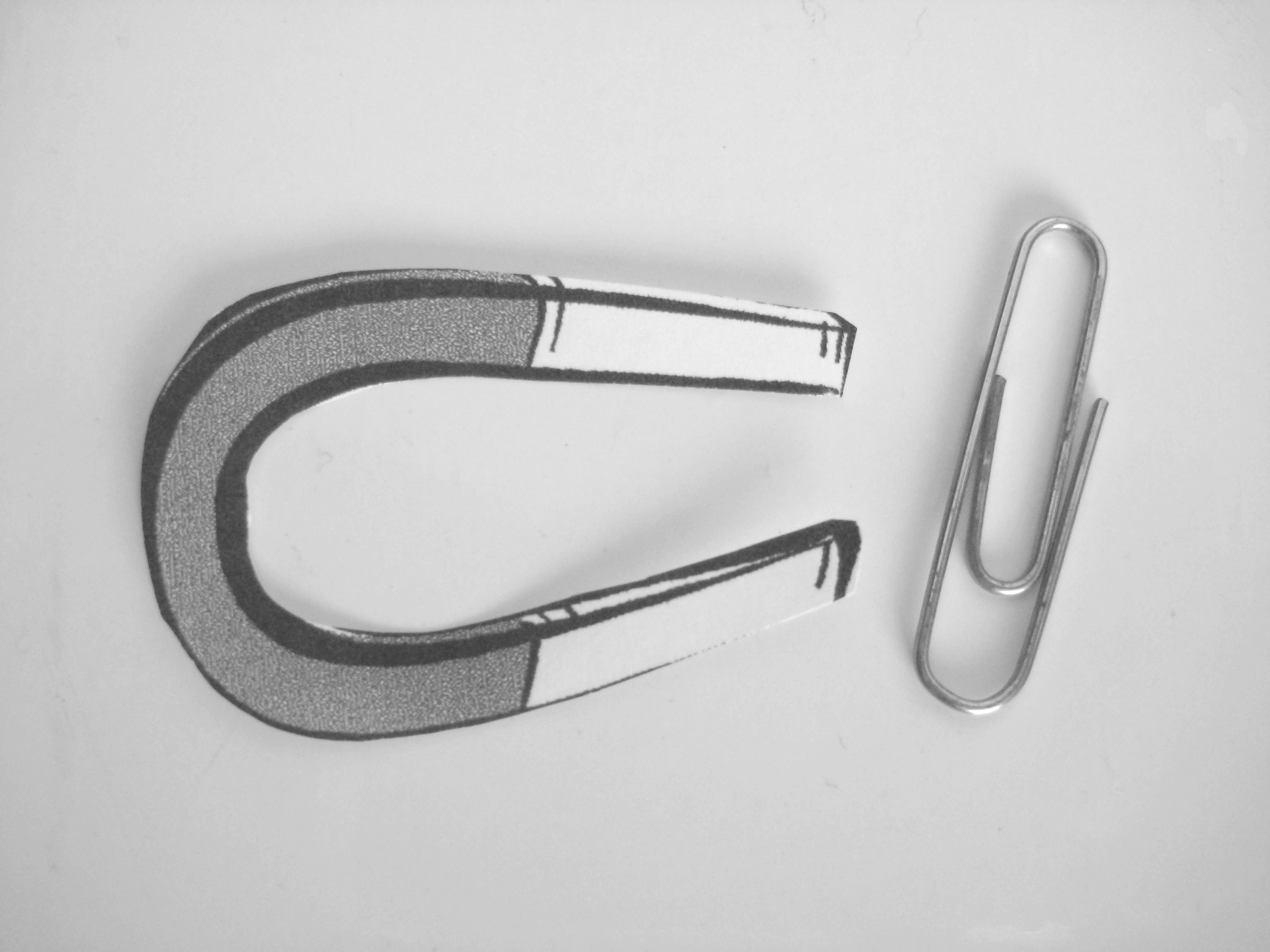When my wife and I met in college I was immediately attracted to her beautiful smile and friendly personality. As we started to date, I realized we were very different. She loved to read and could devour a book in a day or two; I usually read the minimum from my college textbooks to prepare for class and did no recreational reading. I was a bit of a sports fanatic; she likely couldn’t have told you the difference between a touchdown and a home run. She enjoyed watching TV shows and movies with her friends and I enjoyed ice fishing (we met in Minnesota) and walking through swamps pheasant and deer hunting. She was pretty laid back and didn’t let things bother her too much; I had a mild case of obsessive compulsive disorder and a definite type A personality. I could fill this page with all the ways we were different from each other. Is that why we were initially attracted to each other – our differences? I’d like to think it was my rugged handsomeness, but that probably wasn’t it. The topics of whether opposites attract and relational satisfaction have been well studied by researchers. Karney and Bradbury (1995) published a review article in which they examined many studies on marriage. In the article the authors stated that greater attitude and personality homogamy (similarity) between spouses predicts greater marital stability and satisfaction. Studies have also shown that even in the early stages of meeting and dating someone, we tend to be more attracted to people similar to us (think of the saying ‘birds of a feather flock together’). The same holds true for our friendships, we like to be around people who like the same things we do. No one is really sure where this myth came from, but we often hear of the good girl falling for the bad boy, and we frequently see this scenario (opposites attracting) in movie plots, remember the 1998 film You’ve Got Mail?
Reference:
Karney B & Bradbury T: The longitudinal course of marriage quality and stability: a review of theory, method, and research. Psychological Bulletin (1995), Vol 118, pps. 3-34.

